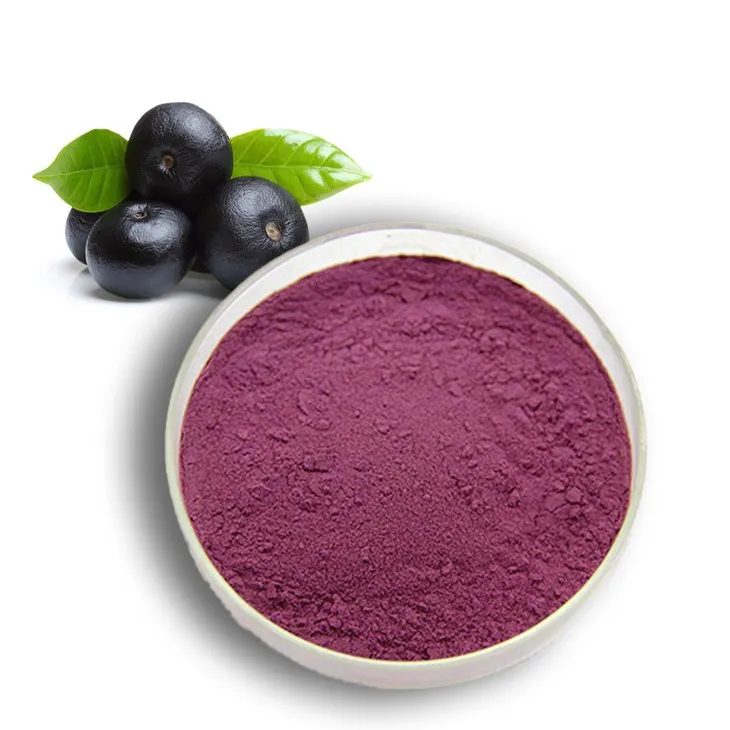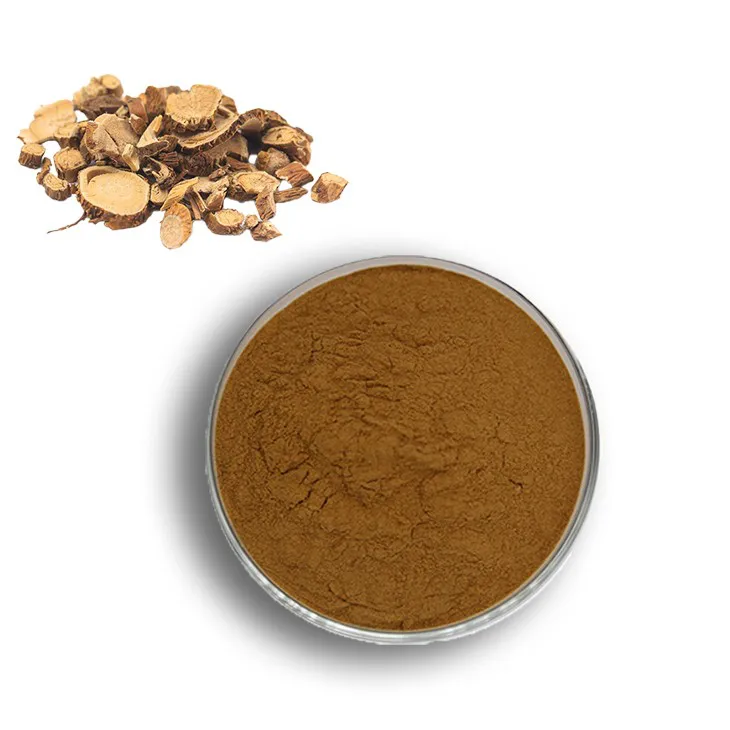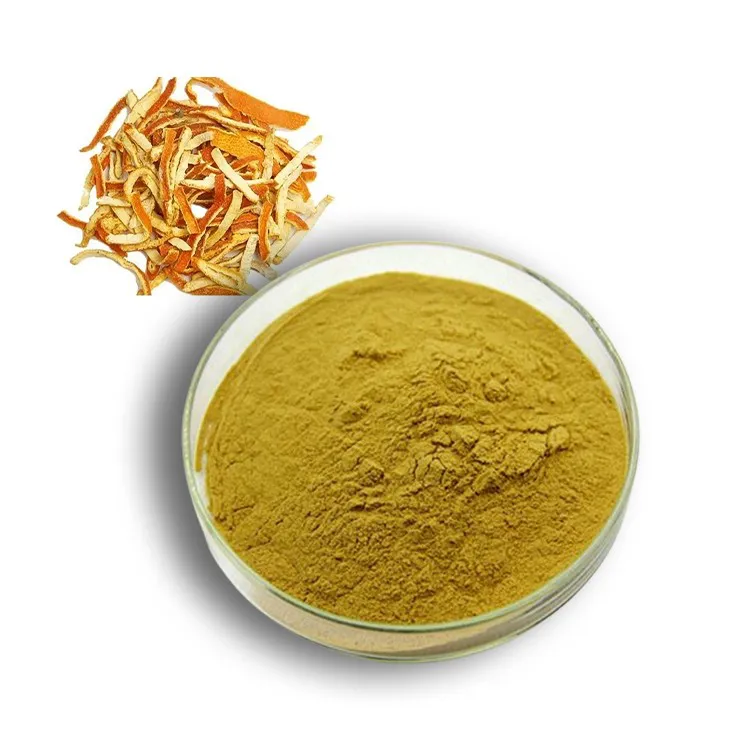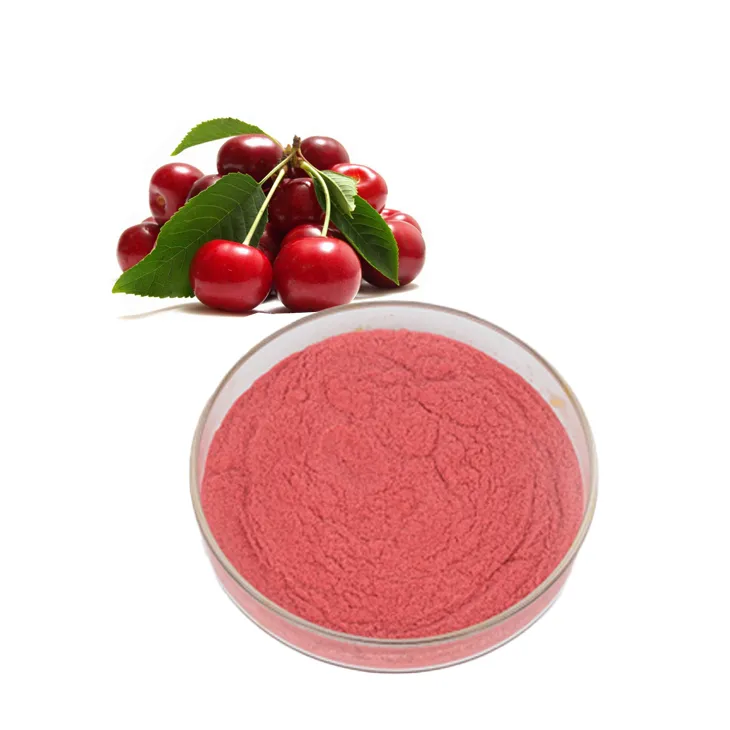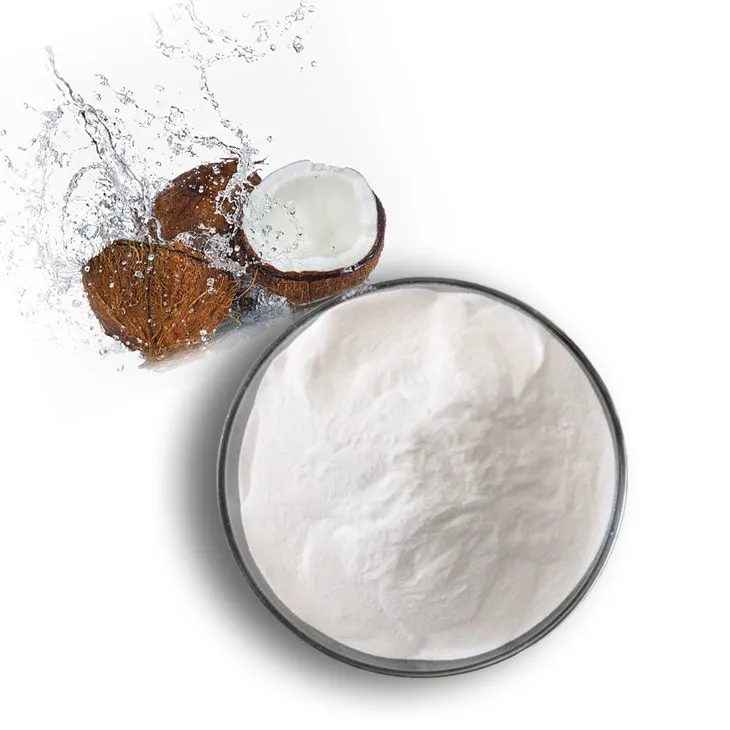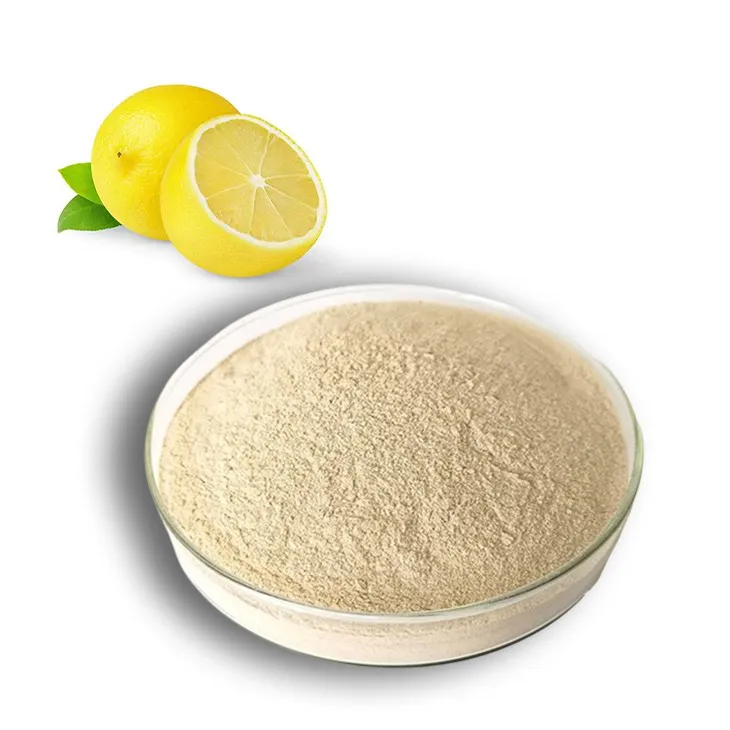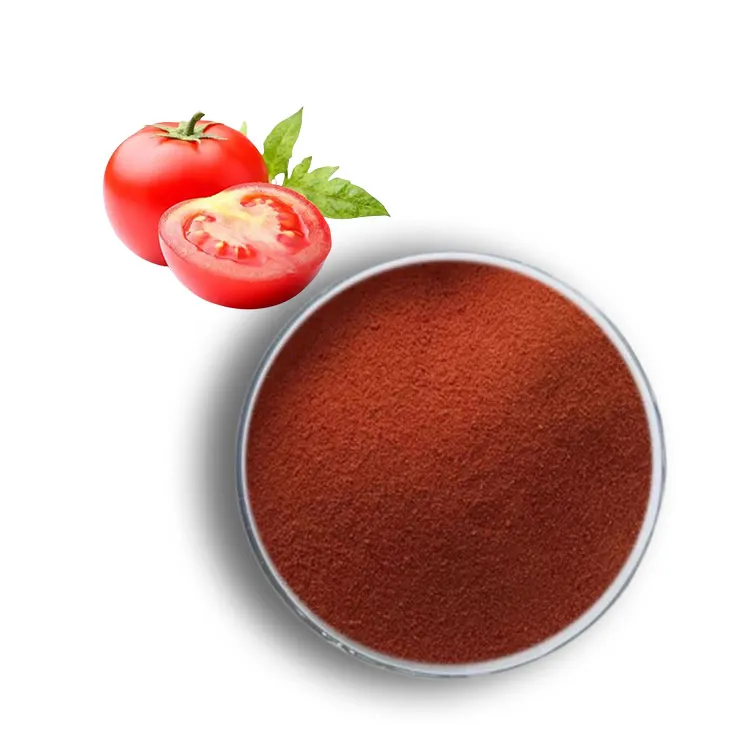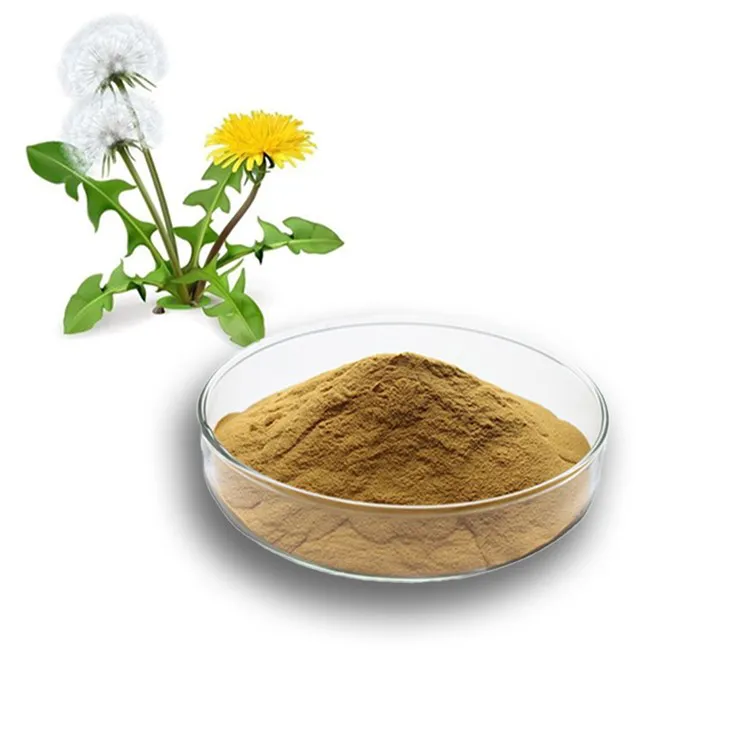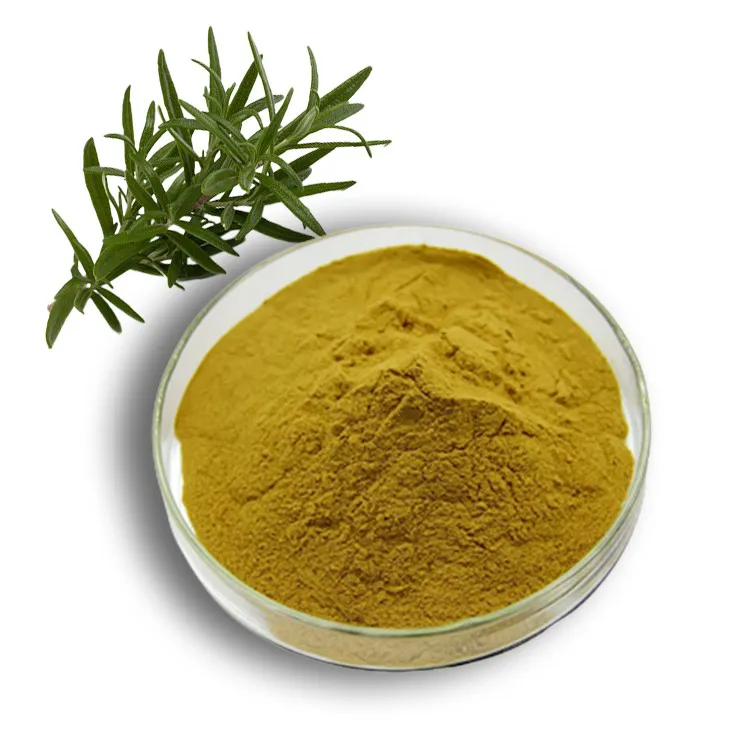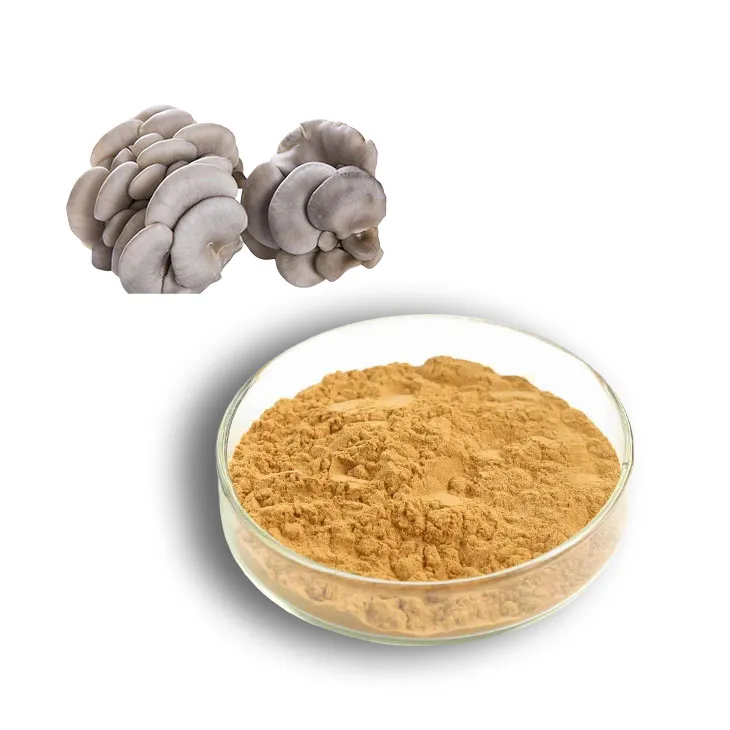- 0086-571-85302990
- sales@greenskybio.com
What is Nutmeg Extract? Definition, Types, History and Nutritional Value
2024-12-10
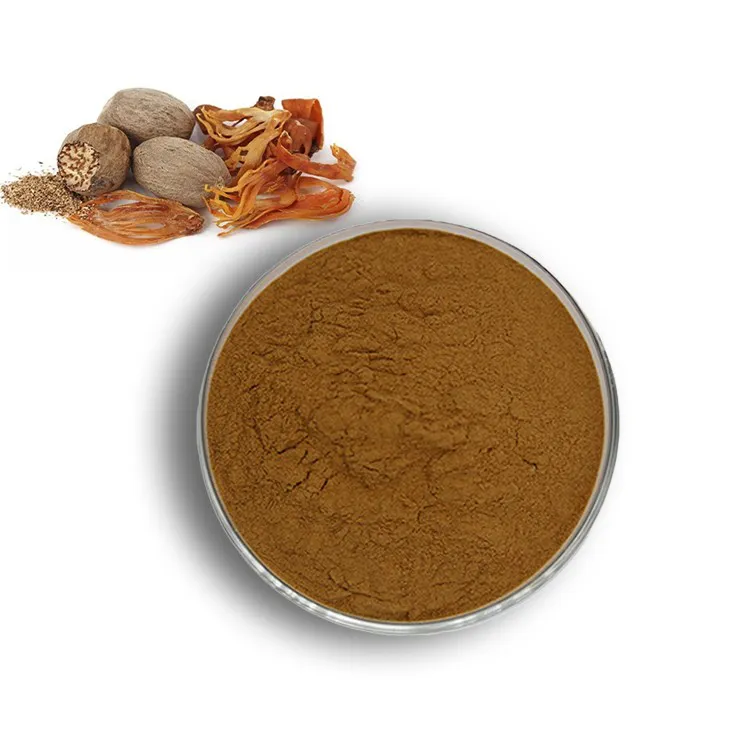
1. Definition
Nutmeg Extract is a substance that is obtained through the process of extraction from the nutmeg seed. The nutmeg seed, scientifically known as Myristica fragrans, is a rich source of various bioactive compounds. The extraction process aims to isolate and concentrate these useful substances for different applications.
This extract can be in different forms such as liquid or powder, depending on the extraction method and the subsequent processing. For example, if the extraction is done using solvents like ethanol, a liquid extract may be obtained which can then be further processed to remove the solvent and convert it into a more concentrated powder form if required.
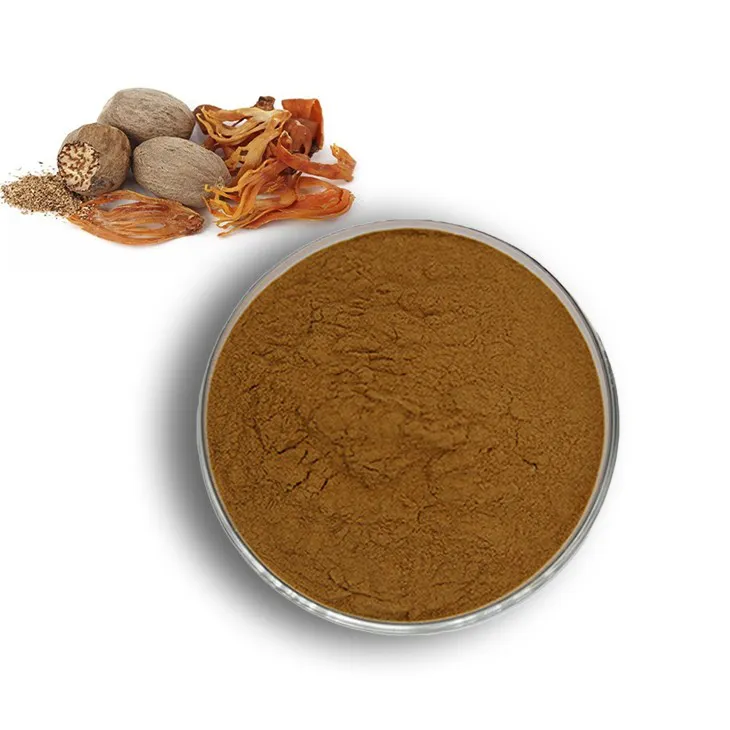
2. Types
2.1 Based on Extraction Solvents
- Ethanol - based Extract: Ethanol is a commonly used solvent for extracting nutmeg. It has the ability to dissolve a wide range of compounds present in the nutmeg. The ethanol - based extract often contains compounds like essential oils, phenolic compounds, and some terpenes. This type of extract is relatively easy to produce and is used in various applications including in the food and beverage industry for flavoring purposes.
- Hydro - alcoholic Extract: This is a type of extract where a combination of water and alcohol (usually ethanol) is used as the solvent. The ratio of water to alcohol can vary depending on the desired properties of the extract. This type of extract can be useful when we want to extract a broader range of compounds as water can dissolve some polar compounds while alcohol can dissolve non - polar and semi - polar compounds.
- Supercritical CO2 Extract: Supercritical carbon dioxide extraction is a more advanced and "greener" method. Carbon dioxide is brought to its supercritical state (where it has properties of both a liquid and a gas) and is used as a solvent. This method is preferred in some cases as it can produce a very pure extract, free from solvent residues. It is also able to extract specific compounds with high selectivity, which is especially important when targeting certain bioactive compounds in nutmeg for pharmaceutical or high - end cosmetic applications.
2.2 Based on Purification Levels
- Crude Extract: A crude Nutmeg Extract is the initial product obtained after the extraction process. It contains a mixture of all the compounds that were soluble in the extraction solvent. This may include not only the desired bioactive compounds but also other substances such as waxes, fats, and some impurities. Crude extracts are often used in applications where a more natural and less refined product is acceptable, such as in some traditional medicine preparations.
- Partially Purified Extract: This type of extract has undergone some level of purification to remove certain impurities. For example, some of the fats and waxes may have been removed, while still retaining a relatively broad range of bioactive compounds. Partially purified extracts can be used in applications where a balance between cost - effectiveness and a certain level of purity is required, such as in some food supplements.
- Highly Purified Extract: A highly purified Nutmeg Extract is one that has been subjected to multiple purification steps to isolate specific bioactive compounds. These extracts are often used in pharmaceutical research and development, where the precise composition and activity of the extract are crucial. For example, if a particular compound in nutmeg is being studied for its potential anti - cancer properties, a highly purified extract containing that compound would be used.
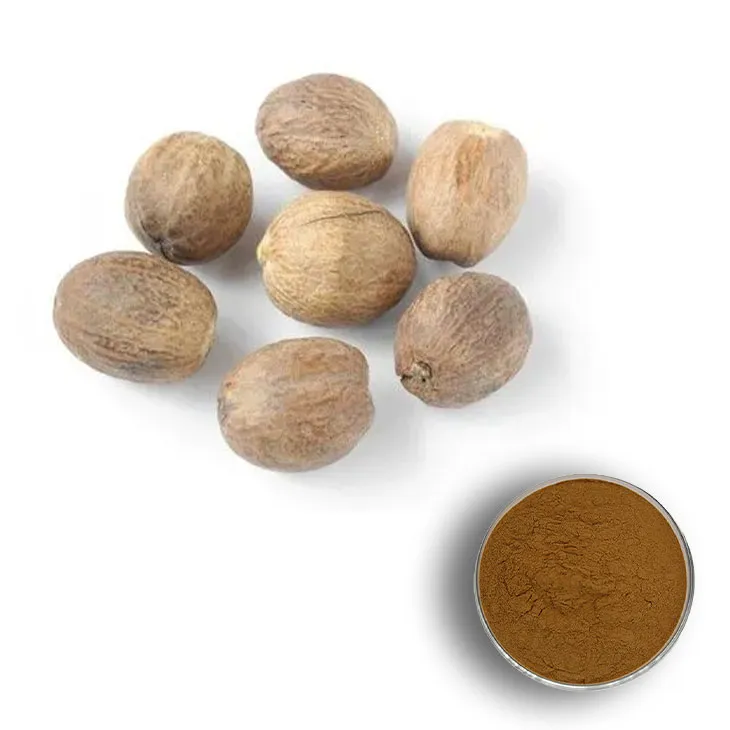
3. History
Nutmeg has a long and fascinating history of use. It is native to the Spice Islands (the Moluccas) in Indonesia. For centuries, it has been a highly prized and valuable spice.
- Ancient Trade: In ancient times, nutmeg was a major item of international trade. Arab traders were among the first to bring nutmeg to the Middle East and Europe. The spice routes were established mainly to transport precious spices like nutmeg, which were in high demand in European courts for their unique flavor and aroma.
- Medicinal Use in Traditional Medicine: In traditional medicine systems around the world, nutmeg has been used for various ailments. In Ayurvedic medicine (from India), nutmeg has been used to treat digestive problems, as it was believed to have carminative properties (helping to relieve flatulence and indigestion). In traditional Chinese medicine, it was also used in some formulations for similar purposes, as well as for its potential warming properties in the body.
- Culinary History: Nutmeg has been an important ingredient in the culinary world for a long time. It was used in medieval European cuisine, especially in rich and elaborate dishes. It was often added to meat - based stews, puddings, and various baked goods. In the Middle Ages, it was so highly valued that it was used as a form of currency in some regions.
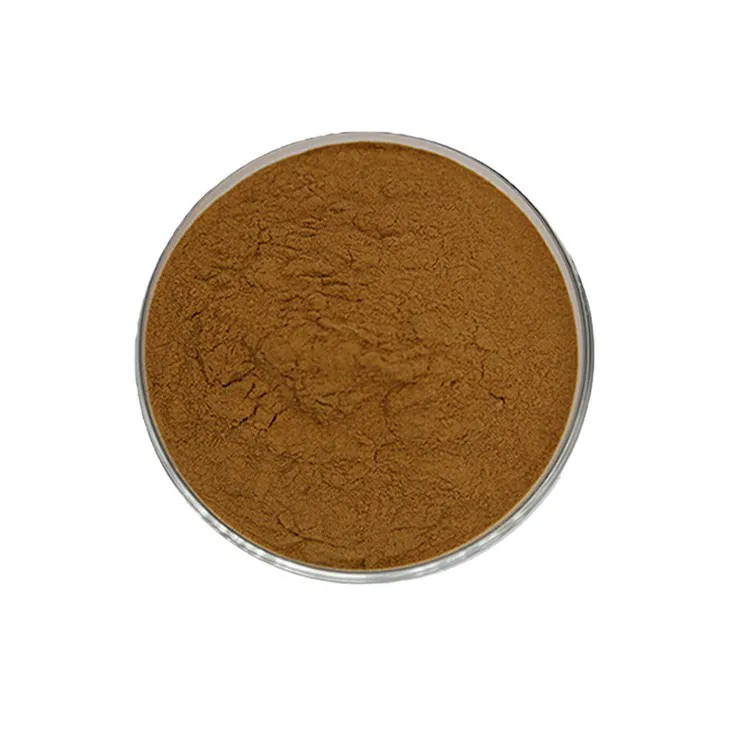
4. Nutritional Value
Nutmeg extract contains a variety of compounds that contribute to its potential nutritional value.
4.1 Bioactive Compounds
- Essential Oils: Nutmeg contains essential oils, which are a complex mixture of volatile compounds. These oils are responsible for the characteristic aroma of nutmeg. Some of the important components in the essential oils include myristicin, elemicin, and safrole. These compounds have been studied for their potential antioxidant, anti - inflammatory, and antimicrobial properties. For example, myristicin has been shown in some in - vitro studies to have antioxidant activity, which means it can help neutralize harmful free radicals in the body.
- Phenolic Compounds: Phenolic compounds are another group of important bioactive substances in nutmeg extract. These compounds are known for their antioxidant properties. They can help protect the body's cells from oxidative damage caused by factors such as environmental pollutants, UV radiation, and normal metabolic processes. Some of the phenolic compounds in nutmeg may also play a role in reducing the risk of chronic diseases such as heart disease and certain types of cancer.
- Terpenes: Terpenes are a large class of organic compounds found in nutmeg. Some terpenes have been associated with anti - inflammatory effects. For example, beta - caryophyllene, which is present in nutmeg, has been shown to interact with the body's endocannabinoid system, which is involved in regulating inflammation, pain, and immune function. This interaction may potentially lead to reduced inflammation in the body.
4.2 Potential Health Benefits
- Immune System Boost: The bioactive compounds in nutmeg extract, such as the essential oils and phenolic compounds, may have immunomodulatory effects. They can potentially enhance the function of the immune system by stimulating the production of immune cells or by enhancing their activity. For example, some studies suggest that certain compounds in nutmeg can increase the activity of macrophages (a type of immune cell) which are responsible for engulfing and destroying foreign invaders such as bacteria and viruses.
- Metabolism Regulation: Nutmeg extract may play a role in regulating metabolism. Some of the compounds in it have been shown to affect the body's metabolic pathways. For instance, they may influence the way the body processes carbohydrates, fats, and proteins. This could potentially be beneficial for people looking to manage their weight or for those with metabolic disorders such as diabetes.
- Digestive Health: Historically, nutmeg has been used for digestive health, and the extract may continue to offer these benefits. It can help stimulate the digestive enzymes, which in turn can improve the digestion and absorption of nutrients. Additionally, its carminative properties can help relieve digestive discomfort such as bloating and gas.
However, it should be noted that while nutmeg extract shows potential health benefits, it should be used in moderation. Excessive consumption of nutmeg can be toxic, as it contains certain compounds that can cause adverse effects on the nervous system and other organs at high doses.
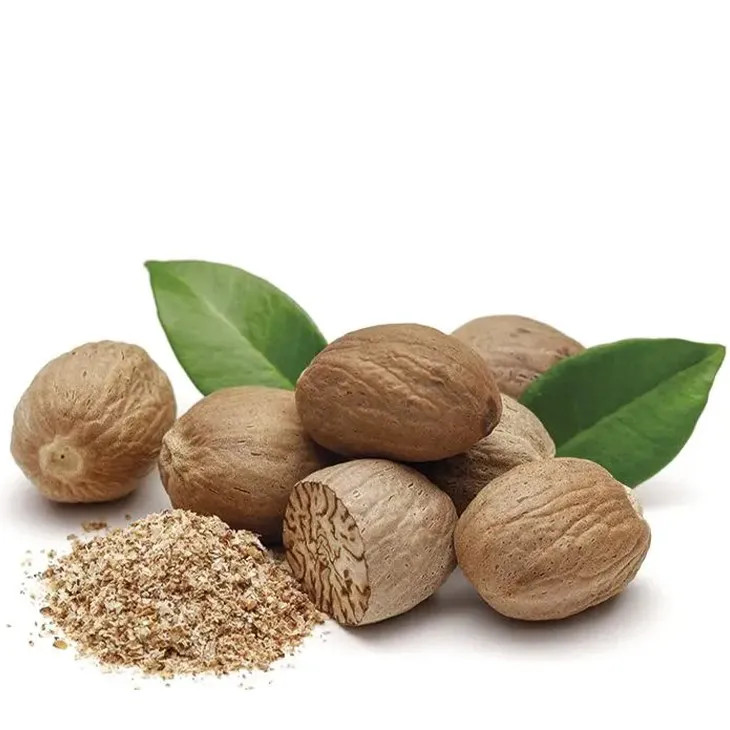
FAQ:
What is the main method of extracting nutmeg extract?
There are several common methods for extracting nutmeg extract. One is solvent extraction, which uses solvents like ethanol or ether to dissolve the useful components from nutmeg. Another method could be steam distillation, especially for extracting the volatile and aromatic components. However, the specific method may vary depending on the desired components and the final use of the extract.
Are there any side effects of nutmeg extract?
When consumed in excessive amounts, nutmeg extract can have side effects. It may cause symptoms such as nausea, dizziness, and in extreme cases, hallucinations. Also, some people may be allergic to nutmeg extract, which can lead to allergic reactions like skin rashes or breathing difficulties. However, when used in moderation as part of a normal diet or in appropriate medicinal applications, it is generally considered safe.
How is nutmeg extract used in the culinary world?
Nutmeg extract is used in the culinary world to add flavor to a variety of dishes. It is a common ingredient in baking, used in cakes, cookies, and pies. It can also be added to savory dishes such as creamy sauces, mashed potatoes, and certain meat dishes to give a warm, spicy flavor. In addition, it is sometimes used in the preparation of beverages like mulled wine or hot chocolate to enhance the taste.
Can nutmeg extract be used in skincare?
Yes, nutmeg extract can be used in skincare. It contains certain components that may have antioxidant properties, which can help protect the skin from damage caused by free radicals. It may also have anti - inflammatory effects, which could be beneficial for treating skin conditions like acne or inflammation. However, it should be used with caution as it may cause irritation in some people, and proper dilution and testing are usually recommended.
How does the purification level affect the quality of nutmeg extract?
The purification level has a significant impact on the quality of nutmeg extract. A higher purification level generally means that the extract has been more refined and has fewer impurities. This can result in a more concentrated and pure form of the active components. For example, a highly purified nutmeg extract may have a more consistent flavor in culinary use or a more potent effect in medicinal applications. On the other hand, a lower purification level may contain more unwanted substances, which could affect its taste, safety, or effectiveness.
Related literature
- Nutmeg Extract: A Comprehensive Review of its Chemical Composition and Therapeutic Applications"
- "The History and Nutritional Significance of Nutmeg and its Extract in Traditional Medicine"
- "Analysis of Different Types of Nutmeg Extract: Quality, Efficacy, and Safety"
- ▶ Hesperidin
- ▶ Citrus Bioflavonoids
- ▶ Plant Extract
- ▶ lycopene
- ▶ Diosmin
- ▶ Grape seed extract
- ▶ Sea buckthorn Juice Powder
- ▶ Fruit Juice Powder
- ▶ Hops Extract
- ▶ Artichoke Extract
- ▶ Mushroom extract
- ▶ Astaxanthin
- ▶ Green Tea Extract
- ▶ Curcumin
- ▶ Horse Chestnut Extract
- ▶ Other Product
- ▶ Boswellia Serrata Extract
- ▶ Resveratrol
- ▶ Marigold Extract
- ▶ Grape Leaf Extract
- ▶ New Product
- ▶ Aminolevulinic acid
- ▶ Cranberry Extract
- ▶ Red Yeast Rice
- ▶ Red Wine Extract
-
Acai Berry Extract
2024-12-10
-
Sophora Flavescens Root Extract
2024-12-10
-
Hesperidin
2024-12-10
-
Acerola Extract
2024-12-10
-
Coconut Water Powder
2024-12-10
-
Lemon Extract
2024-12-10
-
Lycopene
2024-12-10
-
Dandelion Leaf Extract
2024-12-10
-
Rosemary extract
2024-12-10
-
Oyster Mushroom Extract Powder
2024-12-10











